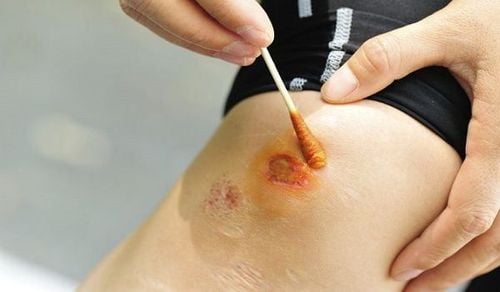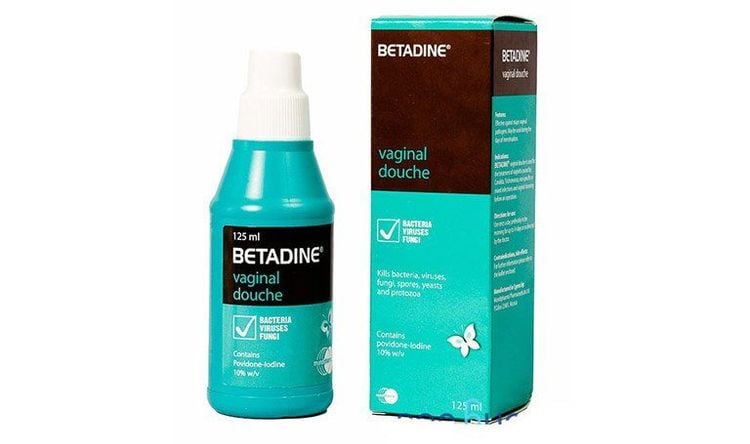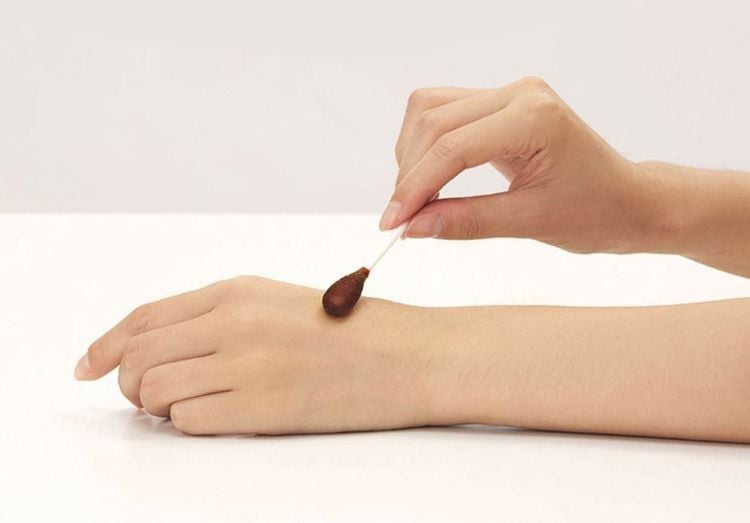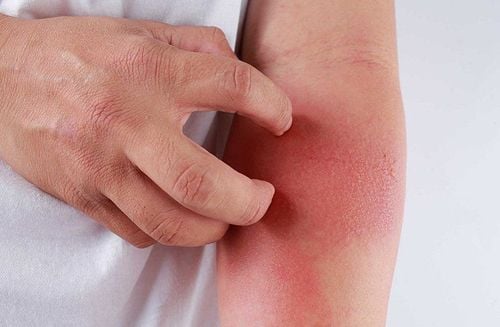Povidone-iodine has antiseptic properties and is used for disinfecting skin wounds. However, many individuals are unaware that povidone-iodine is available in various formulations with differing concentrations, each suited for specific cases. Therefore, caution is advised prior to the use of povidone-iodine.
1.What is povidone-iodine antiseptic?
Povidone-iodine is an antiseptic with broad-spectrum antibacterial and antifungal activity. Povidone-iodine is a complex of iodine with polyvinylpyrrolidone (povidone used as a carrier for iodine) which is soluble in water and alcohol. Upon application, the povidone-iodine solution gradually releases iodine, thereby prolonging its antiseptic action against bacteria, fungi, protozoa, cysts, and spores.
The efficacy of povidone-iodine, although inferior to formulations containing free iodine, is associated with lower toxicity. Due to its reduced free iodine content, it is considered safer for users
2. Povidone-iodine antiseptic method
The market offers various formulations with different administration forms and concentrations of solutions, thus it is important to pay attention to the usage of each formulation:
2.1. Povidone-iodine 10% solution
This solution is utilized for antisepsis of cutaneous wounds. It is to be applied undiluted, directly onto the affected skin area, ensuring coverage of an additional 3-5 cm around the injury.
Application should be performed twice daily; if necessary, a sterile dressing may be applied over the wound to prevent infection.

2.2. Povidone-Iodine 1% Solution
Indicated for use as a mouthwash or gargle in cases of oral cavity infections, pharyngitis, tonsillitis,... The solution may be used undiluted for gargling or may be diluted with warm water for this purpose.
Use about 10ml each time, rinse for 30 seconds, do not swallow, and use 2-4 times a day. It is important to note that prolonged use beyond 14 days is not recommended, and this formulation is intended for use in adults and children over 6 years of age.
2.3. Povidone-iodine 2.5% Dry Powder Spray
Prior to use, shake the vial thoroughly, spray the medication onto the affected area from a distance of 15 to 20 cm until the wound is adequately covered with powder. If necessary, a sterile dressing may be applied over the wound. Be careful not to spray it into mucous membranes; only use it on skin injuries. Only use for adults and children over 2 years old. Use with caution in pregnant and breastfeeding women
2.4. Povidone-iodine 10% ointment
This formulation is for external use only, applied topically to the wound site and may be covered with a sterile dressing thereafter.
2.5. Povidone-iodine 10% Vaginal Solution
Indicated for the cleansing of the vulva to assist in the treatment of gynecological infections, excessive leukorrhea, vaginitis, cervicitis… Dilute approximately 10ml of the solution with 1 liter of clean water for vaginal washing. Discontinue use once symptoms resolve; prolonged use is not recommended.

2.6. Vaginal Suppositories
Used for the treatment of infections in gynecology, leukorrhea, vaginitis, cervicitis, vulvovaginitis, …Prior to insertion into the vagina, wear sterile gloves and moisten the suppository/tablet with clean water for better diffusion and to prevent local irritation. Subsequently, using a gloved hand, insert the suppository/tablet into the vagina. It is important to note that if menstruation occurs during treatment, the treatment should continue as prescribed. Patients must use this form of medication according to the physician's instructions and should not self-prescribe.
3. Precautions When Using Antiseptics
Although side effects are rare, there are still some things to keep in mind when using povidone-iodine:
- Local irritation may occur upon application, although this is relatively uncommon but may lead to allergic reactions such as iodine dermatitis or petechiae, Therefore, povidone-iodine should be avoided in individuals with a known history of hypersensitivity to iodine.
- Excessive use of povidone-iodine can result in systemic absorption of iodine, leading to iodine excess. This excess may precipitate thyroid disorders such as goiter, hypothyroidism, or hyperthyroidism.
- Repeated application of these formulations to extensive areas of damaged skin or severe burns can cause numerous adverse effects, including metallic taste, increased salivation, sore throat, diarrhea, gastric pain, irritation, respiratory difficulties, and pulmonary edema. In severe cases, it may lead to systemic reactions causing metabolic acidosis, hypernatremia, and renal impairment.
- These products should not be used in children under 2 years f age, particularly neonates. Frequent use should be avoided in pregnant women, especially during the second trimesters and third trimesters, and in breastfeeding women, due to the transplacental transfer and excretion of iodine in breast milk, which can directly affect the infant
- Povidone-iodine solution is contraindicated for ear cleansing in individuals with a history of tympanic membrane perforation

In general, although povidone-iodine is an external antiseptic, it can also cause numerous dangerous side effects if not used properly. Therefore, when using povidone-iodine for disinfection, it is essential to read the instructions carefully and adhere to the physician's recommendations. This is particularly important for individuals such as those with iodine sensitivity, pregnant women, young children, and individuals with thyroid disorders.
To arrange an appointment, please call HOTLINE or make your reservation directly HERE. You may also download the MyVinmec app to schedule appointments faster and manage your reservations more conveniently.








